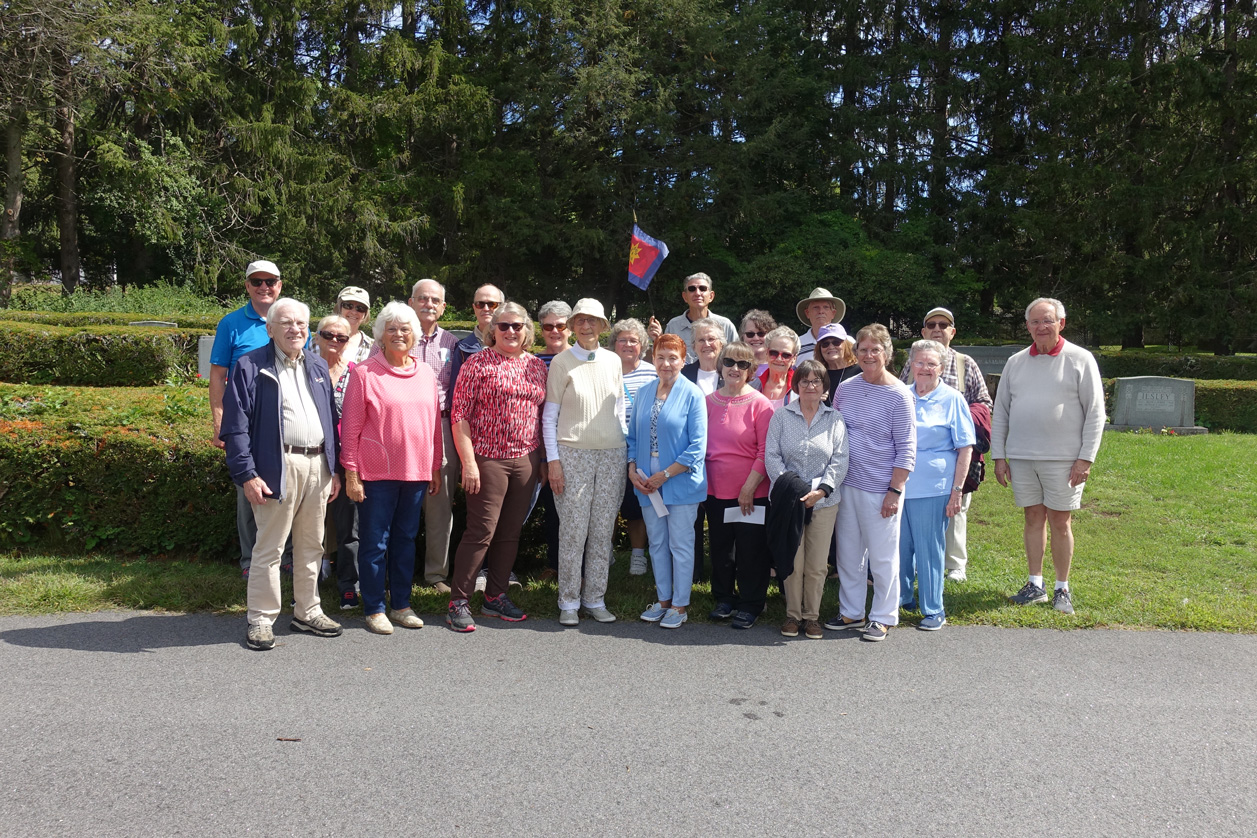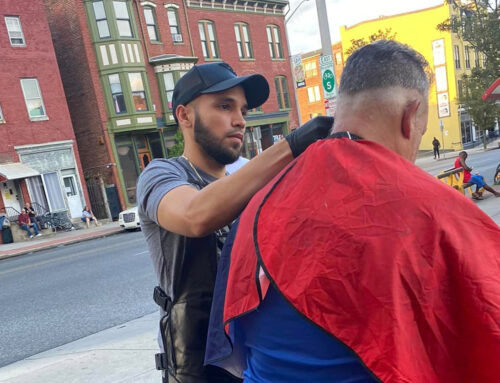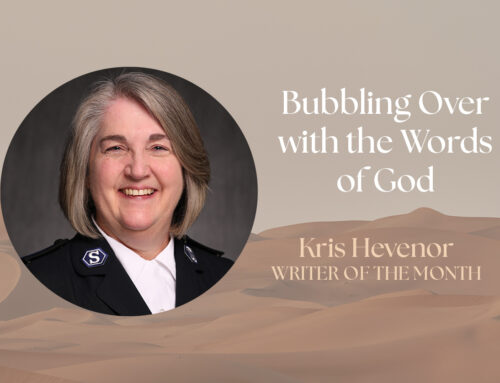
Laurel Hill Cemetery Walk
by Rob Jeffery
Cemetery walks usually take place in the month of October and are promoted as “spooky” and otherworldly experiences to coincide with the trick–or–treating season. The cemetery walk that I recently took part in was certainly not spooky, but a Spirit–filled experience to be sure. I was invited to attend a cemetery walking tour through the Salvation Army section of the Laurel Hill Cemetery in Saco, Maine. What an amazingly educational and inspiring experience this turned out to be!
On a warm day in early September, a sizable group of Salvationists—officers and soldiers from Old Orchard Beach and surrounding communities—met on the grounds of Laurel Hill Cemetery. Led by Major Marcia Cocker, we proceeded to walk the grounds of the picturesque graveyard where we learned about the lives of 20 or so Salvationists from our glorious Salvation Army past.
Some of the names we read on the granite stones were of well–known figures, such as Brigadier Stella Young, who became the face of the “Donut Girls” in World War I. Others were not so well known but nonetheless had fascinating testimonies or connections to present–day Salvationists.
 Take for instance Captain George Brown (1887–1921), whose name was on the very first headstone of our tour. Brown, originally from Battersea, London, immigrated to New York in 1908 and soon after became an officer. When the First World War broke out, he completed a draft card but sought an exemption as a Salvation Army officer. He was married with four small children when appointed to Portland, Maine. Sadly, he had significant health problems and died from complications of diabetes within days of Dr. Frederick Banting’s isolation of lifesaving insulin.
Take for instance Captain George Brown (1887–1921), whose name was on the very first headstone of our tour. Brown, originally from Battersea, London, immigrated to New York in 1908 and soon after became an officer. When the First World War broke out, he completed a draft card but sought an exemption as a Salvation Army officer. He was married with four small children when appointed to Portland, Maine. Sadly, he had significant health problems and died from complications of diabetes within days of Dr. Frederick Banting’s isolation of lifesaving insulin.
For millions around the world, diabetes would become a manageable condition where before it had been a death sentence; but sadly, the discovery came too late for the young Captain George Brown. Though the story saddened us, we were heartened at its end when Major Cocker told us that Brown’s descendants went on to serve the Lord in The Salvation Army in significant ways. Our own Commissioner G. Lorraine Bamford is the granddaughter of Captain Brown. What a proud legacy of selfless service.
 As our tour group wound its way through the historic burial grounds of Laurel Hill, our collective reaction upon hearing each individual’s story ranged from deep thoughtfulness and sadness to humor. For instance, we laughed upon learning that Mrs. Major Mary White (1871–1951) had 43 appointments as a Salvation Army officer, and when she retired to Old Orchard Beach with her husband, Major Harry White, she vowed never to move again. We can certainly understand why.
As our tour group wound its way through the historic burial grounds of Laurel Hill, our collective reaction upon hearing each individual’s story ranged from deep thoughtfulness and sadness to humor. For instance, we laughed upon learning that Mrs. Major Mary White (1871–1951) had 43 appointments as a Salvation Army officer, and when she retired to Old Orchard Beach with her husband, Major Harry White, she vowed never to move again. We can certainly understand why.
In a private aside with me, Major Marcia Cocker, who is a recently retired officer and member of the New England Retired Officers Association, explained the process she undertook to make this Salvationist cemetery walk happen. After choosing the officers whom she would highlight on her tour, she set about researching their lives both as individuals and as Salvation Army officers. Then, with the help of her husband, Major Jim, and other volunteers, she began to clean each headstone—in some cases, making the text visible for the first time in nearly a century.
 Once the narrative was written for each officer or officer couple, the information was uploaded along with a picture of the stone to findagrave.com, a well–known amateur historical research website. Sharing the information to a third–party site ensures that the heroic testimonies of our pioneering officers will be available to the wider public. Who knows how these stories from our past may inspire the people who read them today, and what may result from it?
Once the narrative was written for each officer or officer couple, the information was uploaded along with a picture of the stone to findagrave.com, a well–known amateur historical research website. Sharing the information to a third–party site ensures that the heroic testimonies of our pioneering officers will be available to the wider public. Who knows how these stories from our past may inspire the people who read them today, and what may result from it?
As we posed for a group photo after viewing the last headstone on our tour, which belonged to Commandant George Henry Phillips (1868–1932), we were intrigued to learn that the commandant sponsored seven Salvationists called the “Hallelujah Lads” to travel from England to the United States. Who knew we had seven Hallelujah Lads as well as Lassies? We will endeavor to learn more about this group and how they impacted the early Salvation Army.
We all came away with a great appreciation for the men and women of our Salvation Army past. As evidenced by the stories that were told, a saint is not perfect but is someone who over the course of his or her life consistently says “yes” to God. These were our saints lying in repose at Laurel Hill, and their example inspired us to see ourselves in God’s unfolding plan of love and redemption for all humanity.




